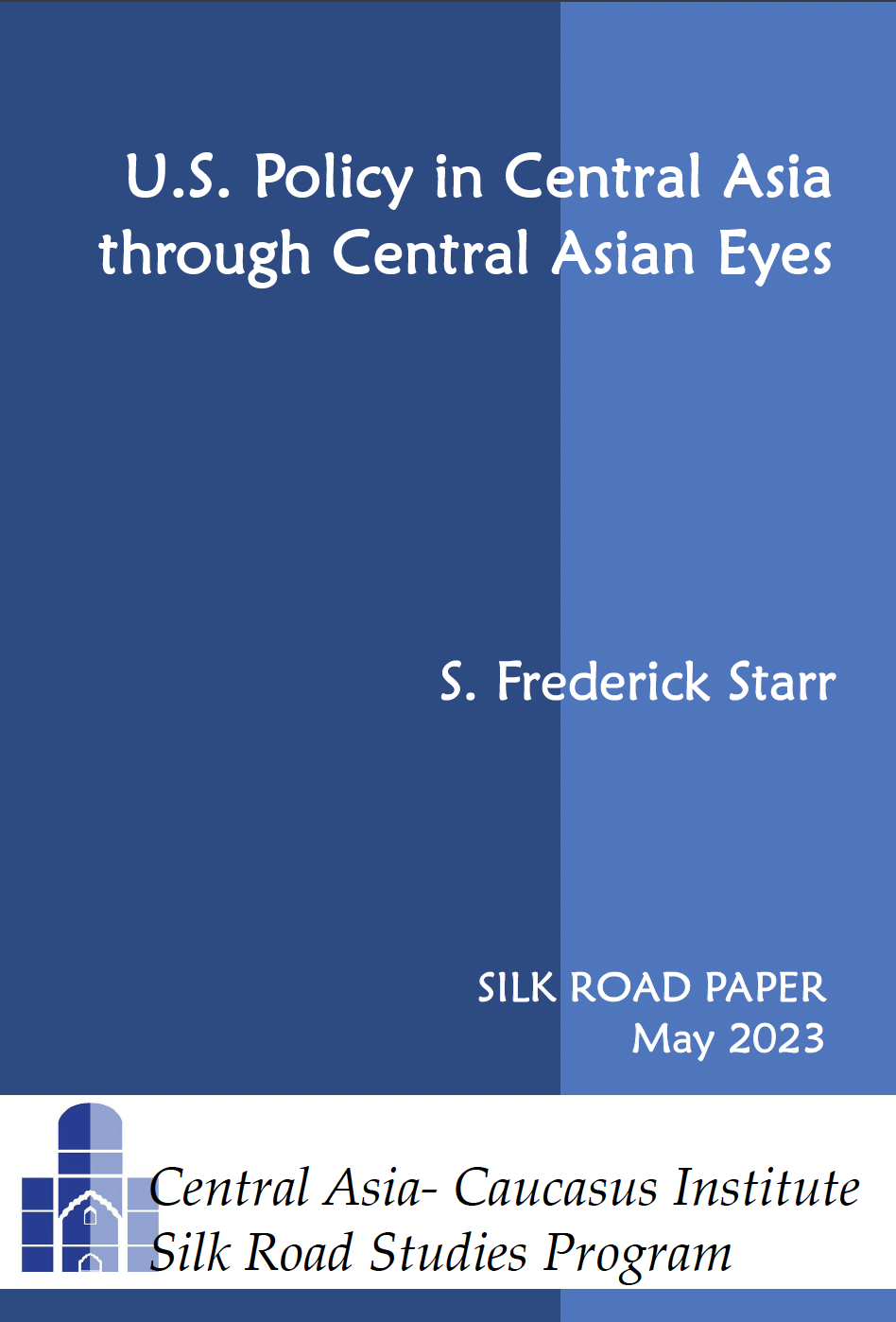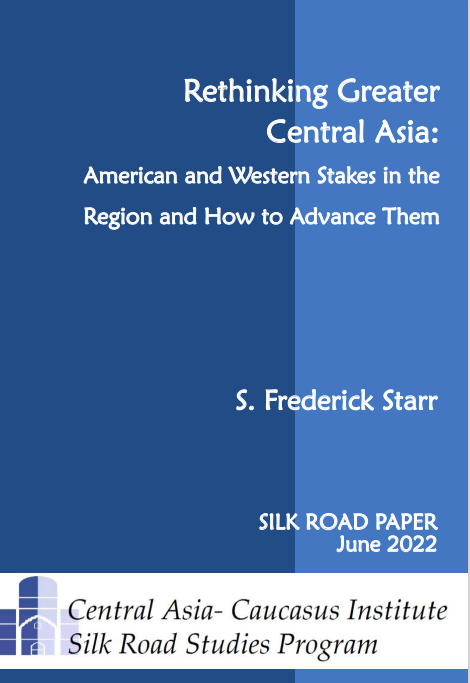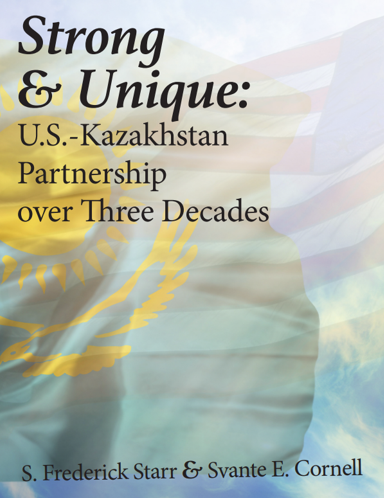Over the last several months, the commodities trading giant Glencore has been hinting at a possible IPO – the most anticipated since Goldman Sachs went public in 1999. The company is one of the largest private firms in the world, with an estimated annual turnover of US$ 48 billion. But beyond trading, Glencore also owns and operates significant mining assets in politically “risky” environments, including Kazakhstan. Glencore’s talent in political risk management relies on its ability to recognize national and regional government interests and to construct a company around those interests that ensures the firm can operate in the country with minimal friction.
BACKGROUND: Privately-held Glencore is known equally for is secrecy and financial success. The firm is also famous because it was originally run by Marc Rich, the billionaire trader accused of doing business with Iran during the hostage crisis (U.S. President Bill Clinton pardoned Rich on his last day in office). Rich no longer runs the company (the current president is Ivan Glasenburg) but Rich’s legacy there has helped build the company’s mysterious image. In 1997, Glencore purchased a 70 percent stake in the newly formed Kazzinc, headquartered in the eastern Kazakhstan city of Ust-Kamenogorsk.
Ust-Kamenogorsk lives and dies by lead and zinc mining and processing. Kazzinc was founded in 1997 when President Nursultan Nazarbayev consolidated all the lead and zinc operations in the eastern region of the country under a single name and put it up for sale. At the time, the lead and zinc industry in the area suffered from severe mismanagement and a general inability for Soviet-era “businessmen” to make the transition from the USSR’s command economy into a globalized world. Lead had been developed in the region since 1784; in 1912 the mining operations here were one of the largest in the Russian empire and in the 1980s the region supplied 60 percent of the lead and 50 percent of the zinc for the entire USSR. But in the five years following independence in 1991, lead and zinc production fell by 50 percent and 34 percent, respectively.
When production falls, the city of Ust-Kamenogorsk falls too, and hard. In the mid-1990s life in the city was tough, but when Glencore acquired a majority share in the company in the late 1990s, production jumped back up to Soviet-era levels quickly. People were employed again – all 20,000 of them. Paychecks were coming in on time. That pleased the Kazakh government and over time Glencore’s ownership of Kazzinc would peak at 99 percent.
IMPLICATIONS: According to the business intelligence firm IHS Global Insight, Kazakhstan is a “significantly risky” business environment, ranked just behind Russia but well ahead of all the other Central Asian states. Looking specifically at the mining industry (outside of oil and gas), the mineral industry advisory firm Behre Dolbear Group ranks Kazakhstan 18 (between the Philippines and Zambia) on a list of 25 key mining states, where number 1 (Australia) is the least risky place to invest and number 25 (Bolivia) is the most risky (the U.S. comes in at 5th place). How does Glencore do what it does in Kazakhstan? That is, how does it operate successfully in a seemingly dodgy country for mining investment? The primary outlet for the firm’s political risk mitigation strategy is the country’s added emphasis on social and labor issues.
Under Glencore, Kazzinc has absorbed many of the Soviet-era social expectations of a mining operation. According to the Kazzinc trade union, the company supplies 30 percent of the regional government’s budget. The firm has built or refurbished schools, kindergartens, a tennis center, and the Sport Palast hockey rink. The multi-million dollar Balapan Preschool Education Center, for instance, includes athletic and music facilities for close to 300 kindergartners. President Nazarbayev toured the facility in his trip to Ust-Kamenogorsk in 2010, praising Kazzinc's social programs – in fact, it seems that whenever the president visits the city he makes sure to stop in at a Kazzinc social project.
The key is finding the balance between the country’s goals and Glencore’s goals – what corporate social responsibility analysts often refer to as “enlightened self-interest”. Take, for instance, the social projects. The call for a sports center may come from the national or regional government, but Kazzinc agrees to finance those projects that will bring the company’s profit line just below the excess profits tax threshold – Kazzinc avoids a tax penalty and the government gets its sports center.
Glencore’s understanding of Kazakh priorities was also clear during the financial crisis – no leader wants unemployed people in the street, particularly an authoritarian leader whose legitimacy rests on his ability to maintain stability. Following a meeting with President Nazarbayev in June 2009 at the heart of the crisis, Kazzinc’s president Nikola Popovic announced that although Glencore “is trimming personnel at all its international units … this is not the case for Kazzinc”. Workers that had been laid off prior to the meeting with the Kazakh president were immediately re-hired.
One risk on the horizon that the company will have to deal with is the environment. Kazzinc has significantly improved the water quality of the Ulba and Irtysh rivers but the air remains a problem, according to one specialist within the Administration of Natural Resources and Earth’s Interior Regulations in Ust-Kamenogorsk. The Kazzinc trade union has been pushing back on emission standards, claiming they will cause the company to shut down. Right now the environmental taxes seem to be less about the environment and more about getting as much money as possible out of the big businesses in the country (the revenue from these taxes does not go into the Ministry of Environmental Protection’s budget, for instance, but to the larger national budget). And if the crumbling building that houses the Administration of Natural Resources and Earth’s Interior Regulations is any indicator on how serious the government is on environmental issues, Kazzinc has nothing to worry about in the short term. This was echoed by officials in the Ministry of Environmental Protection in Astana, the country’s capital, who admitted their ministry was the lowest priority within the government – and that the Ministry of Labor and Social Protection was the highest priority. Anecdotally, however, when this author asked people in the city what they thought about Kazzinc, the response was almost always the same – bad for the ecology, but necessary for the jobs.
CONCLUSIONS: Kazzinc gets high marks in terms of management from industry insiders. “In my life”, one Kazakhstan-based mining consultant relayed, “I have seen so many companies in this part of the world, not only in Kazakhstan but in Russia and Kyrgyzstan. Kazzinc, from my point of view, is one of the best organized companies”. According to the consultant, the company’s mid-level and local management is just as competent as it is in the front office.
People in Ust-Kamenogorsk are under no illusions about Kazzinc – they know the company is foreign owned, though not everyone recognizes the name Glencore. But the people also realize that Kazzinc is an intractable component of the city, from the jobs it provides to the social projects it funds. Memories here are strong – people remember what life was like in the city in the years immediately after independence. “Risky” countries (and their governments) have goals with varying levels of priority just like any other country – the trick is in identifying the goals that matter and the goals that don’t. Political risk is often about uncertainty – Glencore minimizes those uncertainties by getting as close to the government and the people as possible.
AUTHOR’S BIO: J. Edward Conway ( This email address is being protected from spambots. You need JavaScript enabled to view it. ) is a doctoral candidate at the University of St Andrews in Scotland. He is a former analyst for the U.S. Department of Defense.





 Book S. Frederick Starr and Svante E. Cornell,
Book S. Frederick Starr and Svante E. Cornell,